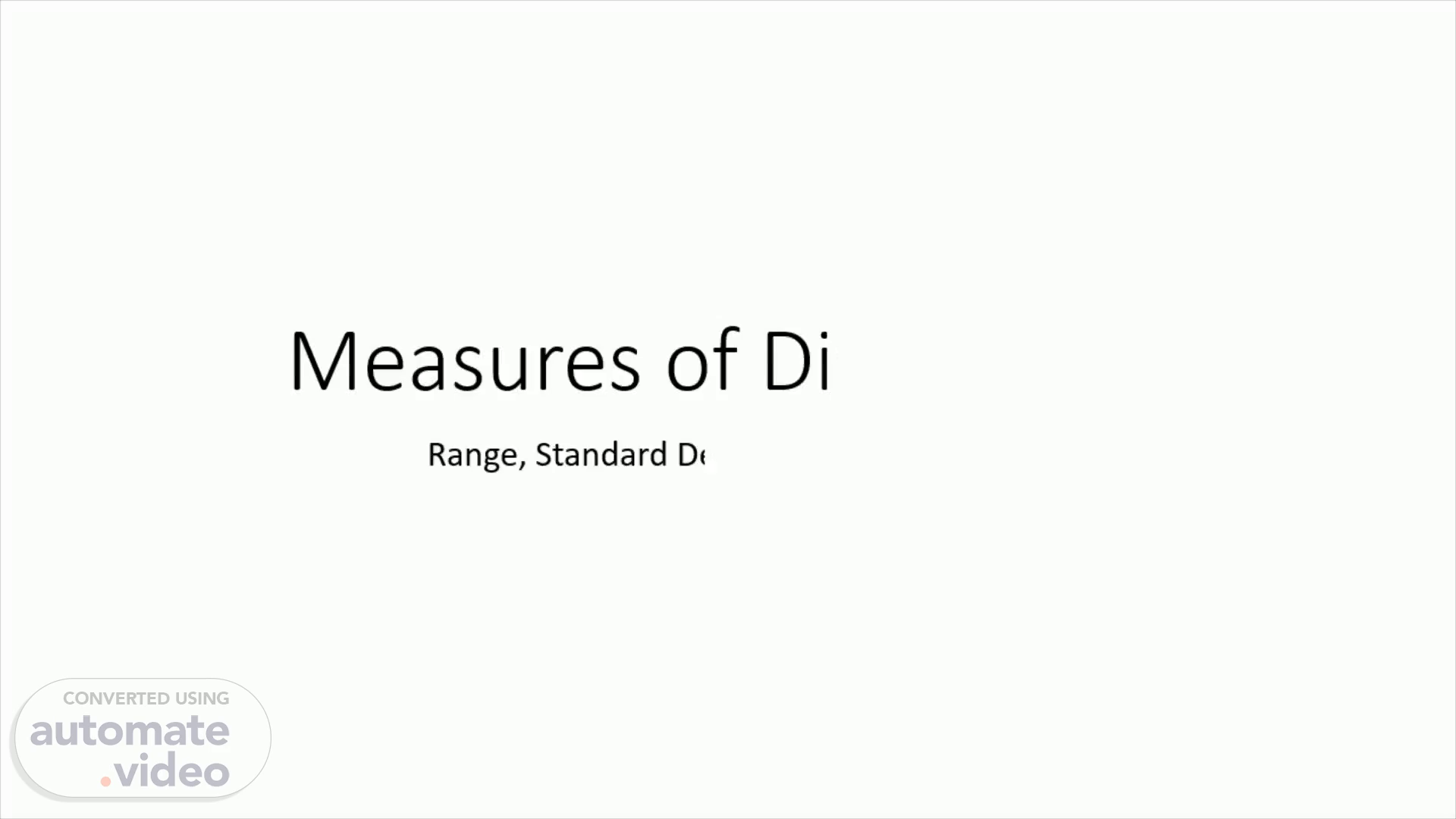
Measures of Dispersion:
Scene 1 (0s)
Measures of Dispersion:. Range, Standard Deviation, and Variance.
Scene 2 (7s)
Measure of Dispersion. also known as measures of variability or spread, are statistical metrics that quantify the extent to which data points in a dataset deviate or vary from the central tendency, such as the mean or median. They provide insights into the spread or distribution of values within a dataset. In other words, measures of dispersion help understand how spread out or concentrated the data points are around a central value..
Scene 3 (28s)
f x - x̄ | x - x̄ | | x - x̄ |^2 160 165 170 175 180.
Scene 4 (38s)
Mean. is primarily used as a measure of central tendency, it also has relevance in measures of dispersion . Formula:.
Scene 5 (56s)
Range. The range is the simplest measure of dispersion and is calculated as the difference between the maximum and minimum values in the dataset. It provides a basic understanding of the spread, but it can be sensitive to extreme outliers . Formula: R= Highest Number – Lowest Number = 180 – 160 Range = 20.
Scene 6 (1m 19s)
Mean Absolute Deviation (MAD):. The mean absolute deviation calculates the average absolute difference between each data point and the mean. It provides a measure of the average deviation from the mean, regardless of the direction . MAD Formula: MAD = 30 / 5 MAD = 6.
Scene 7 (1m 42s)
Population Variance:. is a measure of dispersion that quantifies the average squared deviation of individual data points from the population mean . It is denoted by the symbol σ² . Population Variance Formula: = 250 / 5 PV = 50 Population Standard Deviation Formula: = 50 P-SD = 7.07.
Scene 8 (1m 58s)
Sample Variance:. is a statistical measure that estimates the population variance based on a sample of data. It quantifies the variability or spread of the sample data points around the sample mean. The sample variance is denoted by the symbol s² . Sample Variance Formula: = 250 / 4 SV = 62.5 Sample Standard Deviation Formula: = 62.5 S-SD = 7.91.
Scene 9 (2m 18s)
PV = 250 / 5 = 50 P-SD = 50 = 7.07 SV = 250 / 4 = 62.5 S-SD = 62.5 = 7.91.